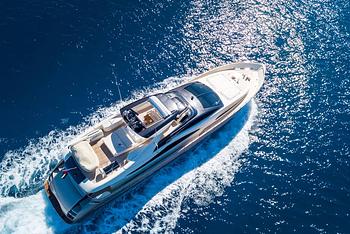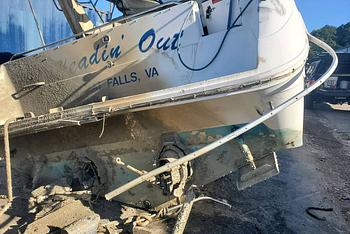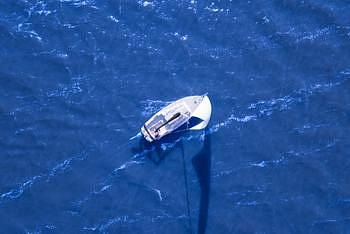You may have heard of a marine survey being part of the boat buying process. But what does it actually entail? In fact, pre-purchase surveys are just one of a number of different types of marine survey that you can get commissioned.
There are condition (or insurance) surveys, damage surveys, and even pre- and post-transport surveys which ensure a boat arrives in its destination in the same condition. Here we take a look at the main types of marine survey:
Pre-Purchase Survey
Also known as a Buyer’s Report or a Full Condition Survey, the Pre-Purchase Survey is undertaken by a prospective buyer before a boat is bought or sold. There is no requirement to have a pre-purchase survey carried out on a boat you’re thinking of purchasing, but it is imperative to know what you’re buying, and an insurance company may ask for a survey being insuring the boat. The pre-purchase survey is the most comprehensive type of survey available and the surveyor will look at as many aspects of the boat as possible, from the structural integrity to the electronics and safety aspects. To complete a thorough survey, the boat will ideally need to come out of the water so that the hull can be inspected, and this is a cost that the buyer undertakes. A surveyor will also be looking at the deck and deck fittings, rigging and sails, interior joinery and furnishings, the bilge pump, navigational equipment, systems such as gas, electric, fresh water and waste water disposal, propulsion equipment and safety equipment such as life rafts and fire extinguishers.
The surveyor will compile a detailed report with their findings clearly laid out and, it is based on this that a buyer may wish to renegotiate on the price of the boat or pull out completely. A sea trial is not usually conducted as a standard part of a pre-purchase survey but it is something which can be included. The main advantage is to check the engine whilst it is running, as well as other working systems.
Condition Survey
The condition survey can be undertaken for a couple of reasons. A boat owner might enlist a marine surveyor to compile a report at the end of the season so they know what maintenance needs to be done or any faults which have arisen during the cruising season. Alternatively a marine insurance company or finance lender may ask for a condition report to be completed to ensure the correct market and replacement values, as well as its overall condition. This is usually requested on boats 15 years or older, or ones which haven’t had a condition or pre-purchase survey in the past five years.
A condition report will involve an out of the water structural survey which includes many of the same elements as the pre-purchase survey. A noticeable exception is non-safety related features are not included. Another difference is that the report will not be as detailed as a pre-purchase survey because it is not being used to determine whether or not someone wants to buy the boat in question.
Damage Survey
This is one type of survey everybody hopes they will never have to commission. In the event that your boat is involved in a collision or suffers from accidental damage, your insurance company are likely to ask for a damage report to be completed by a marine surveyor. They may even send their own surveyor to inspect the damage. Either way the insurance company will foot the cost. The purpose of the survey is to discover the extent of the damage and produce an estimate of the cost of repairs. The report will list all the work which needs to be undertaken and this is then used to get quotes. In these instances marine surveyors are often enlisted to project manage the repairs and ensure costs remain within the frameworks. In doing so, all repairs are done to exact specifications and the end report will be important not just for the insurance company, but for any future buyers.
Thinking about buying a boat? Rightboat.com is the place to start! Read our Step-by-Step guide here.




